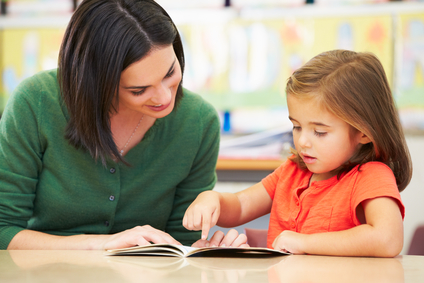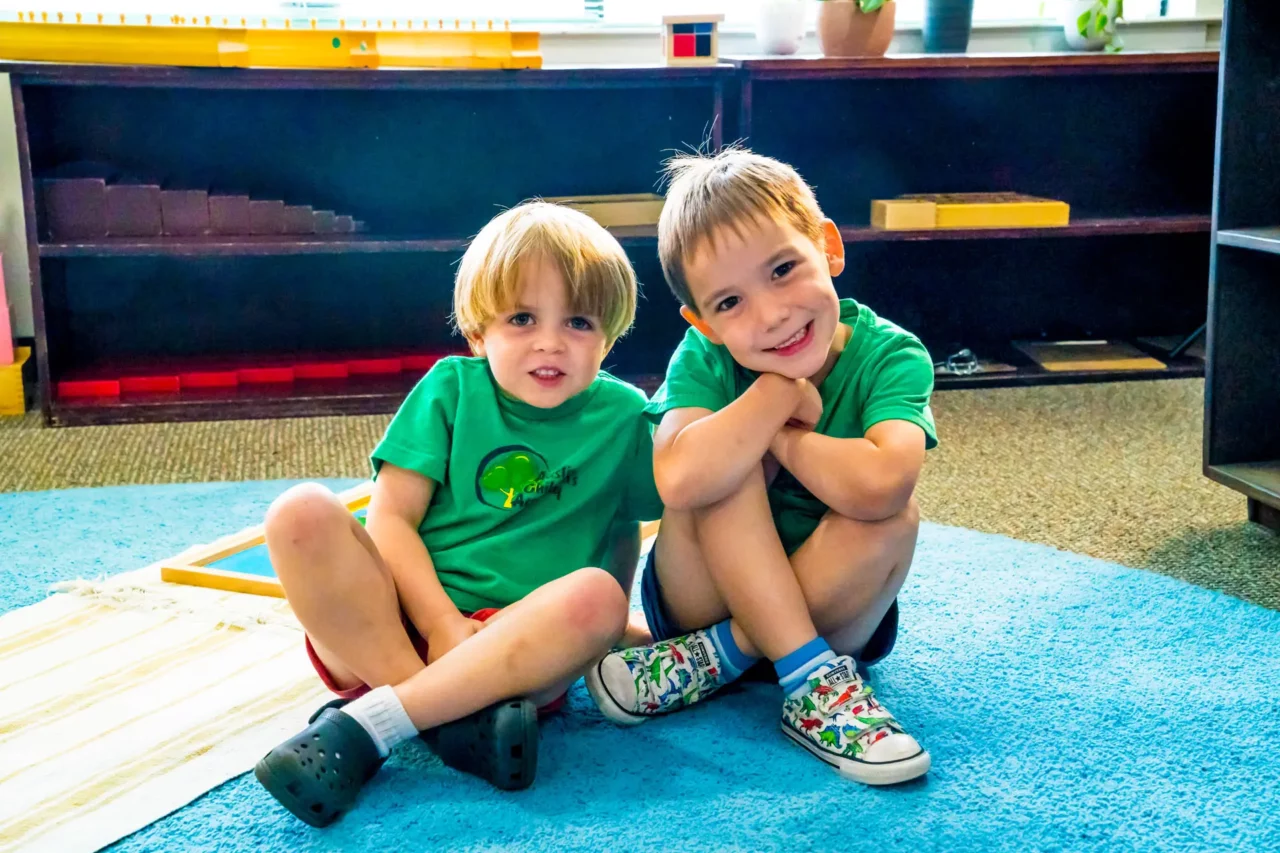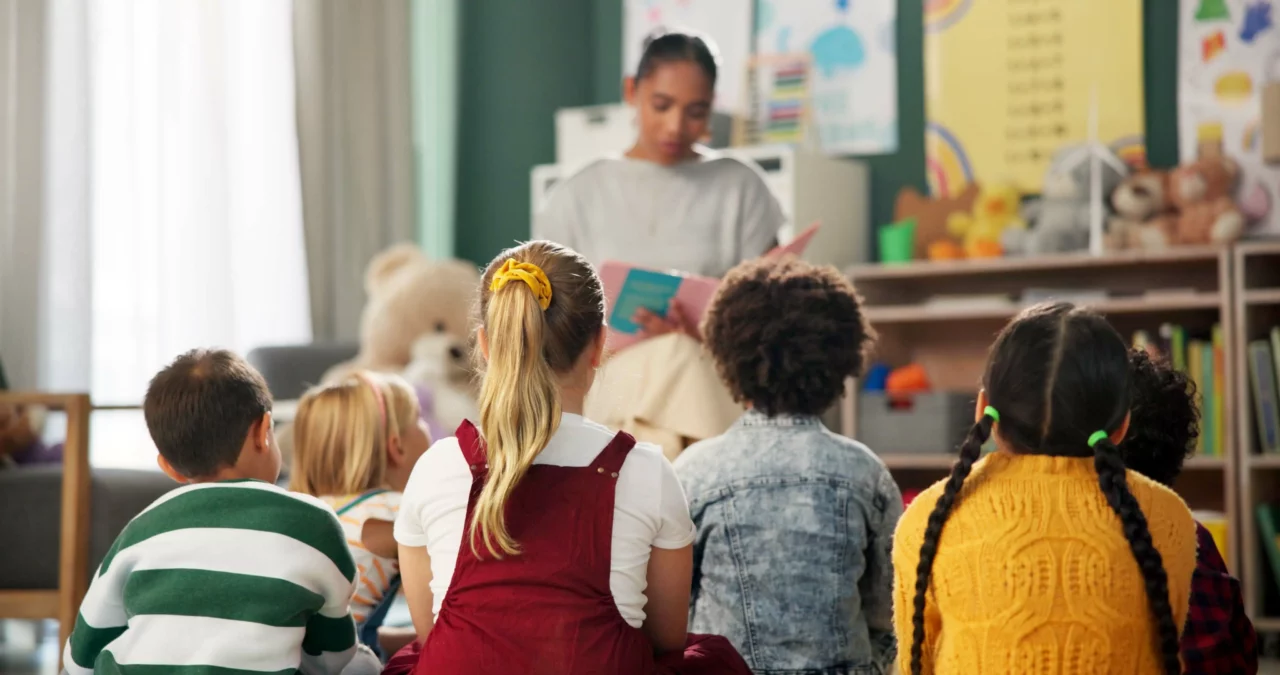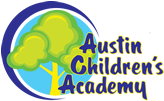
The brilliant Dr. Maria Montessori, founder of the Montessori Method, did not proscribe her psychological, developmental, or education studies to early childhood. She observed the growth of children from infancy all the way to adulthood. During these extensive, exhaustive studies, she delineated four periods or “planes” of human development. Understanding them can help educators to build and modify the school environment to best satisfy the psychological and developmental needs of the growing child.
So what are these four “planes of development?”
The First Plane: The Absorbent Mind
The first plane of development goes from infancy to six years of age. It’s a particularly intense period of physical and psychological growth, when the child absorbs the skills of movement, language, toilet training, mathematics, socialization, music, etc., at an astounding pace. Because of the rapid development, it’s a period of upheaval.
The Second Plane: Childhood
From the age of six to twelve, a child focuses on developing their intelligence. In this period they move from thinking concretely to thinking abstractly as they strive to think for themselves. During this period, they also develop a moral compass. As they flirt with growing independence, they strive to understand how to compose themselves in a community. This involves understanding the difference between right and wrong and seeking out role models to emulate. It tends to be a relatively placid period in human development.
The Third Plane: Adolescence
The word “teenager,” with all its references to sullenness and rebellion, wasn’t really invented until the 1920s. Decades earlier, Dr. Montessori recognized the upheaval going on in the minds as well as the bodies of thirteen to eighteen-year-olds. In this period, the child develops their social self, separate from that of their parents. There’s a fierce desire for independence as well as a lot of self-analysis as to who they believe they are, and who they’d like to be.
The Fourth Plane: Adulthood
Far calmer than the adolescent years, this fourth plane covers young adults between the ages of eighteen and twenty-four, who are still growing psychologically and socially. The physical changes are complete, though the frontal lobes, which involve judgement and risk evaluation, aren’t fully developed until the end of the period. In these years, the young adult is on a search for their future, trying to decide what makes them happy and what contribution they will make to the world.
Within each plane, every child goes through two phases: A period of change, and then eventual assimilation. The Montessori Method uses these planes of development to tailor every classroom and every routine to the children’s particular needs.





